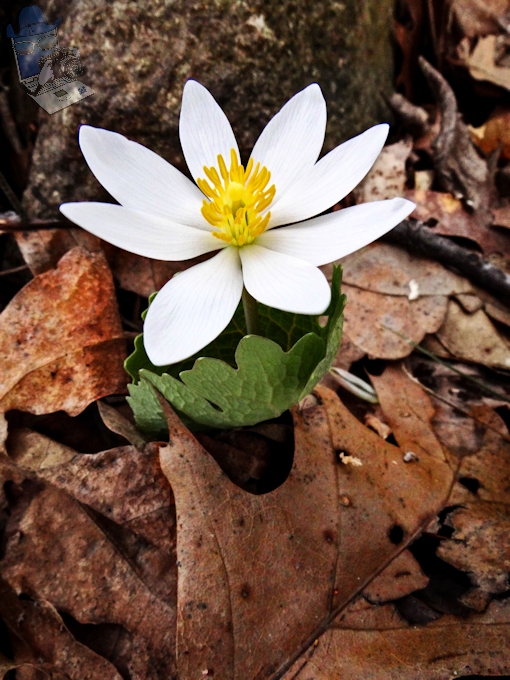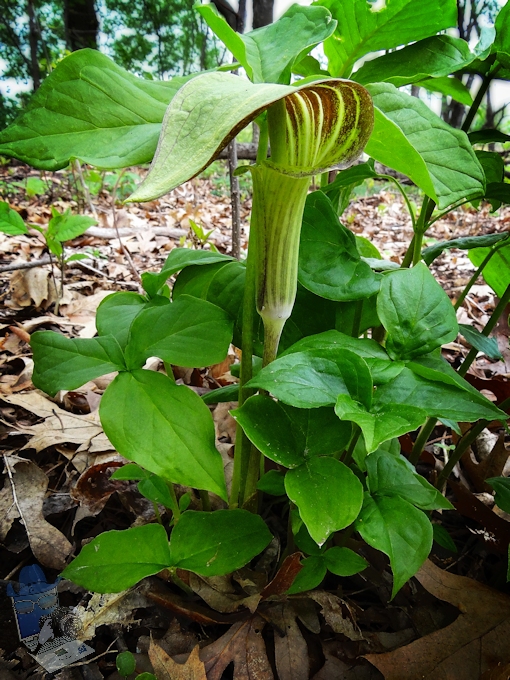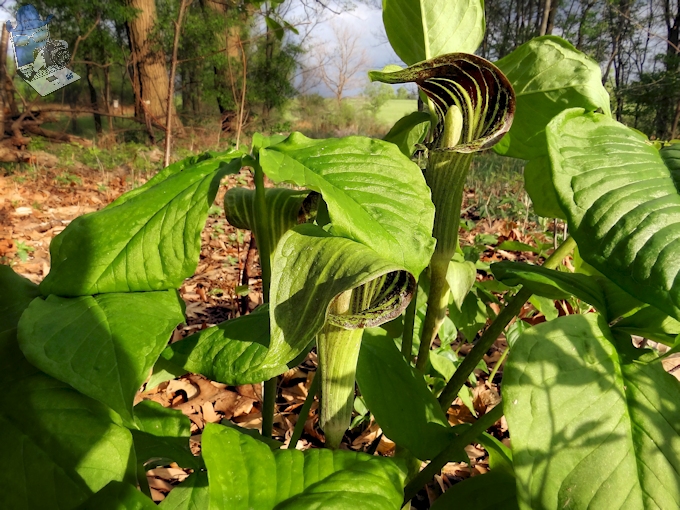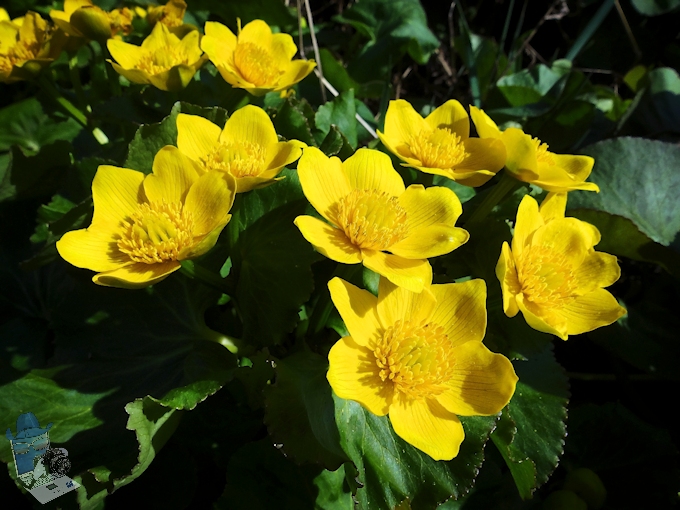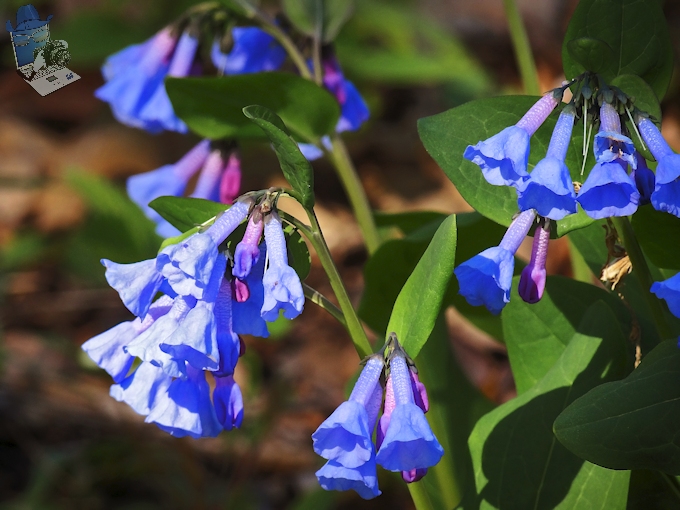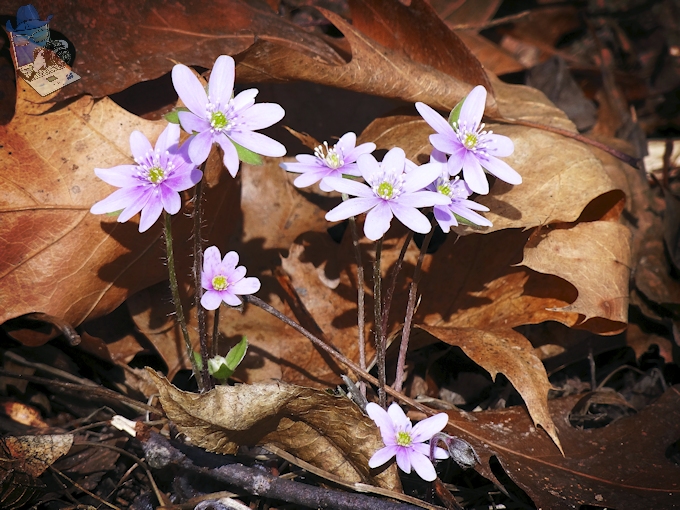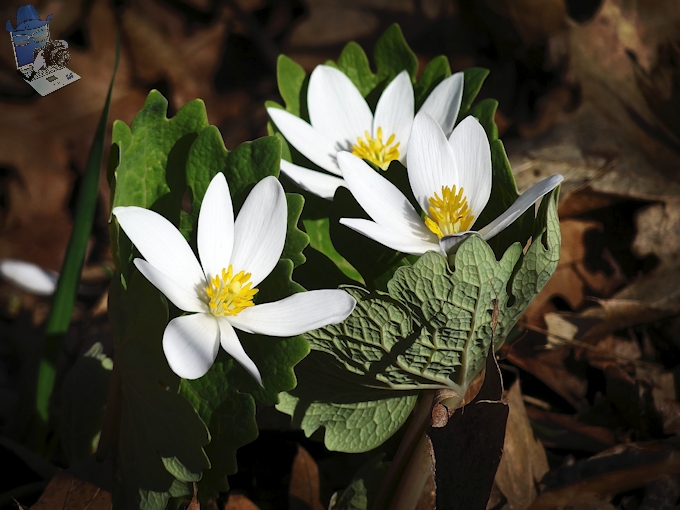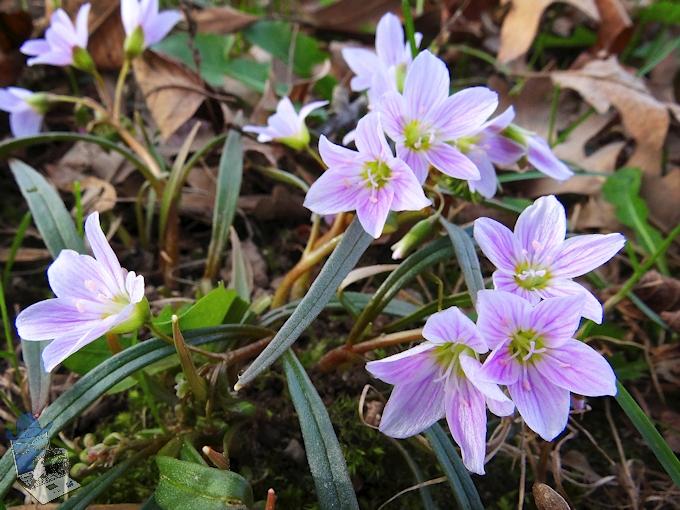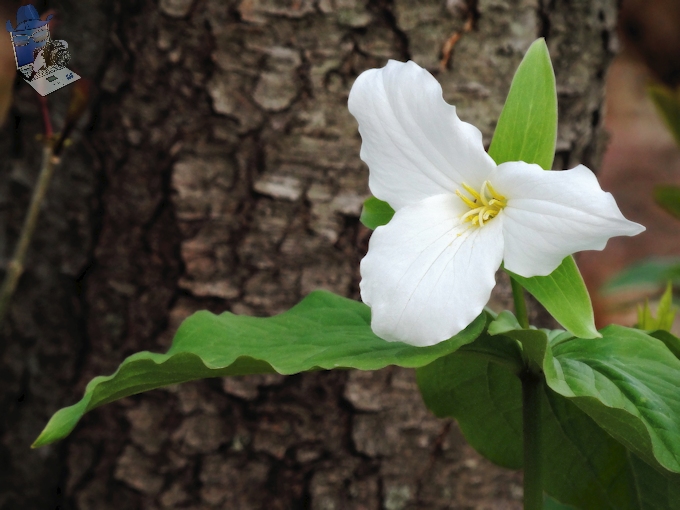Yesterday I walked down my path in the woods to check if the Trilliums had opened up as I saw the bubs earlier in the week but the deer were faster than I was and they ate all three plants off to the ground level. So instead of three Trilliums, I had to take pictures of three Spring Beauty blossoms that the deer didn’t eat.
The Spring Beauty open up on warm sunny days, and close during cloudy weather or at night. They are more or less erect while open, but nod downward while closed. And today they would be nodding downward since it is snowing again!
Spring Beauties



